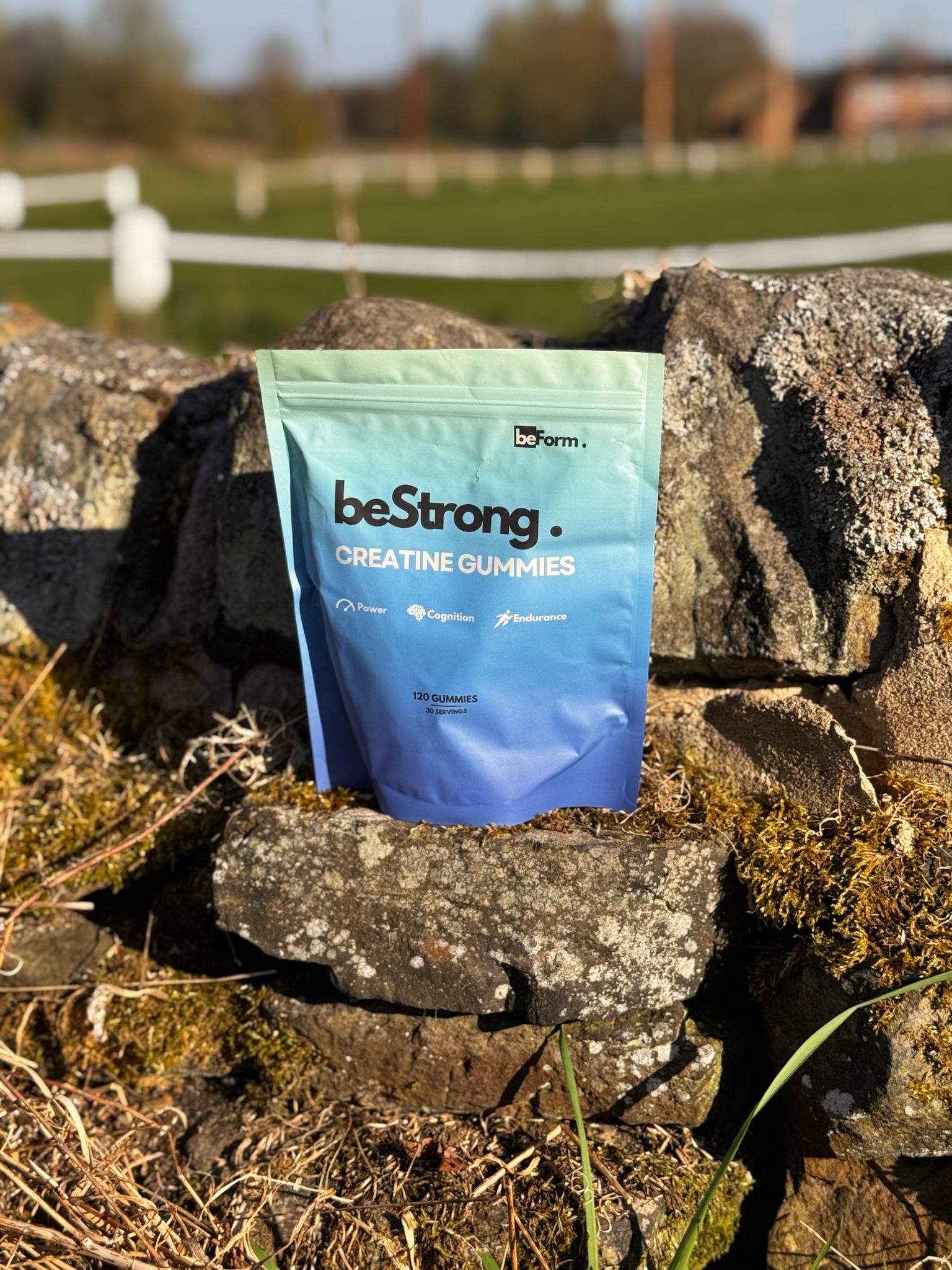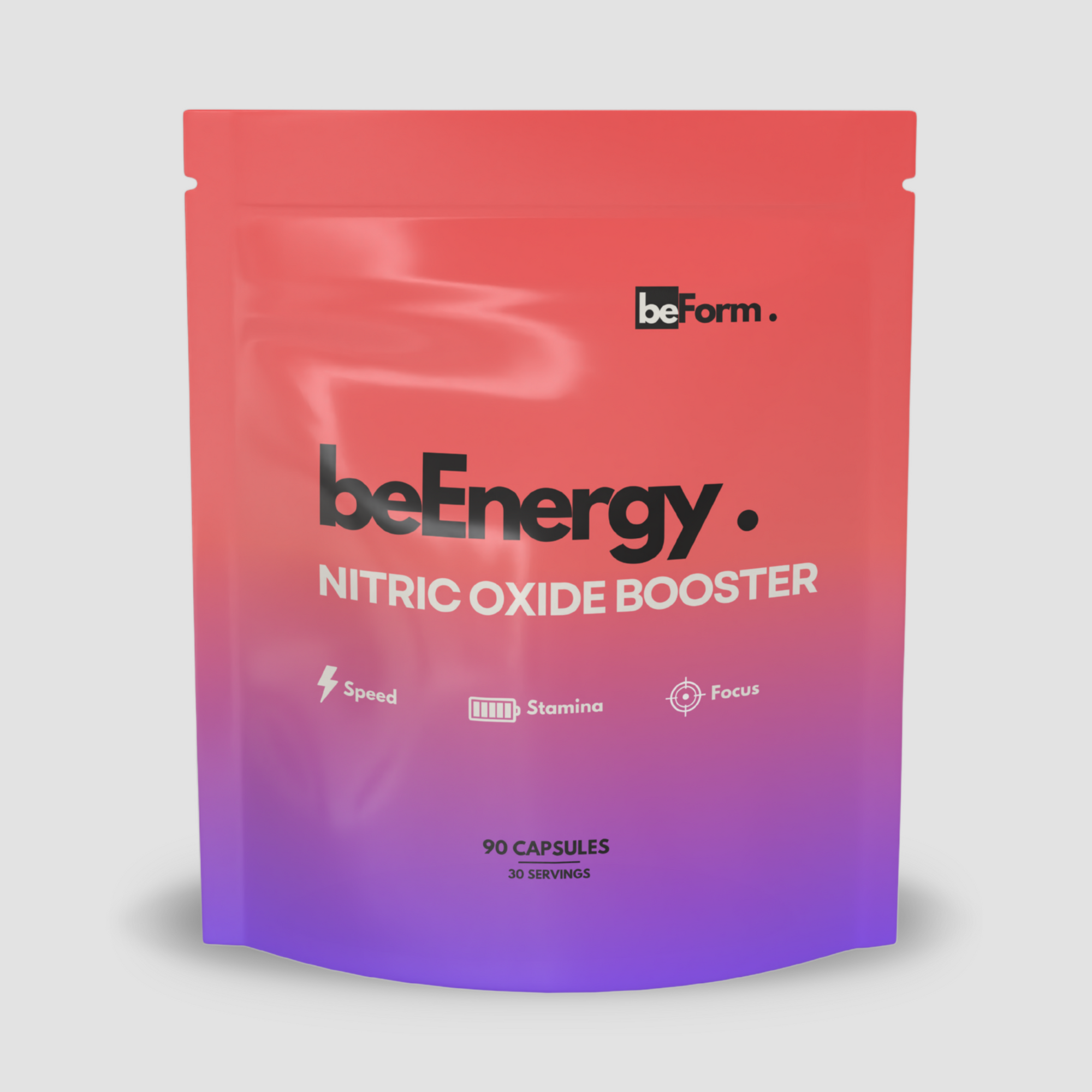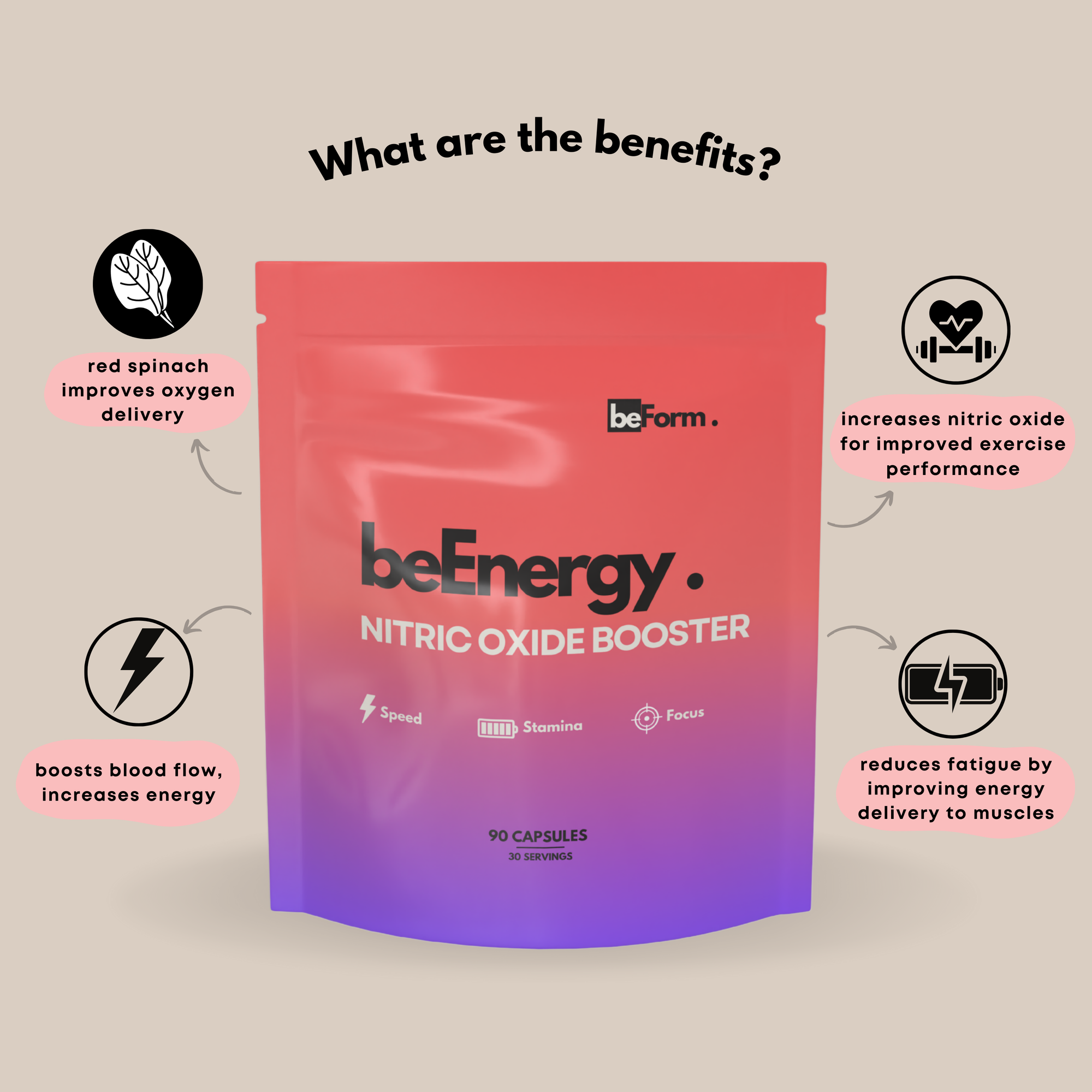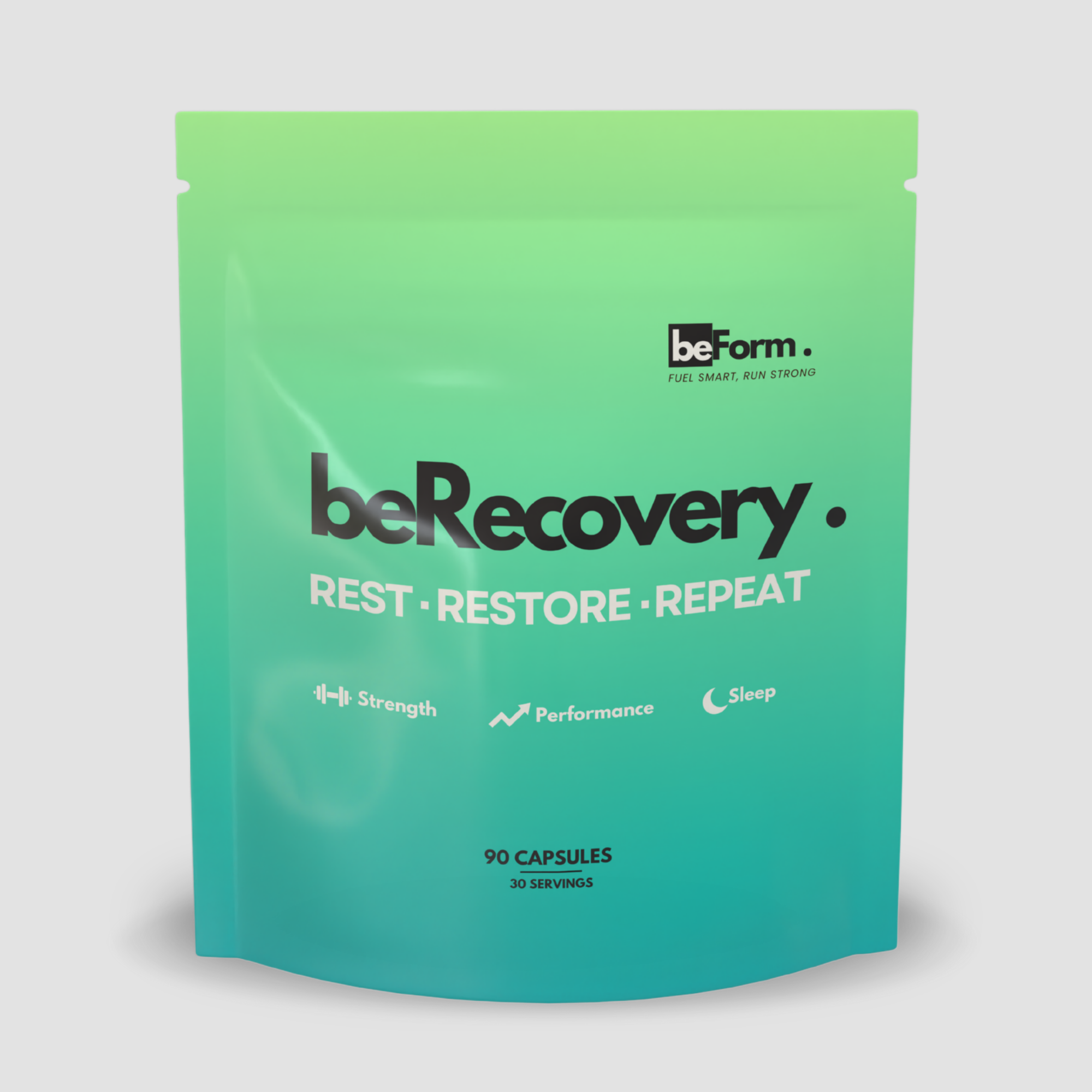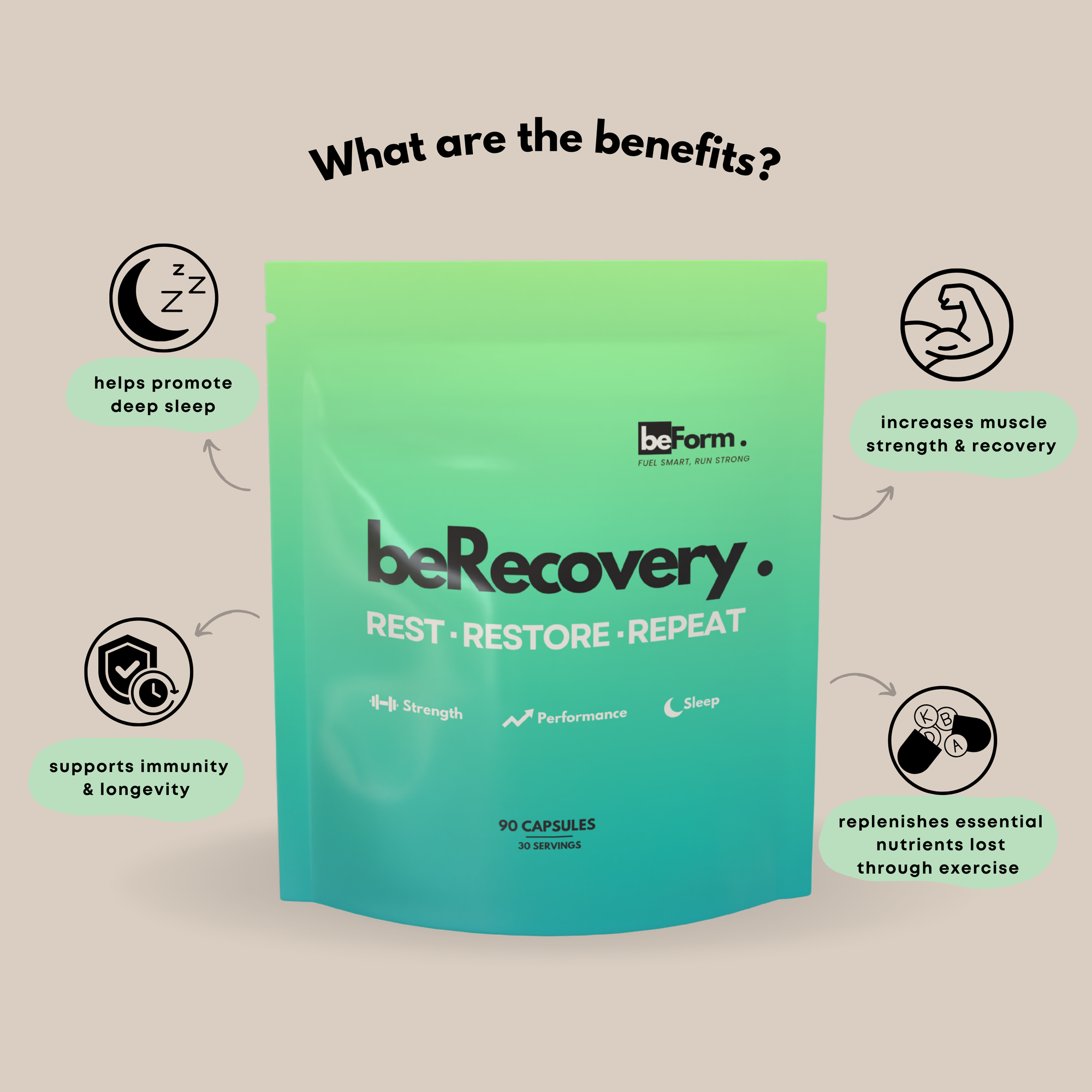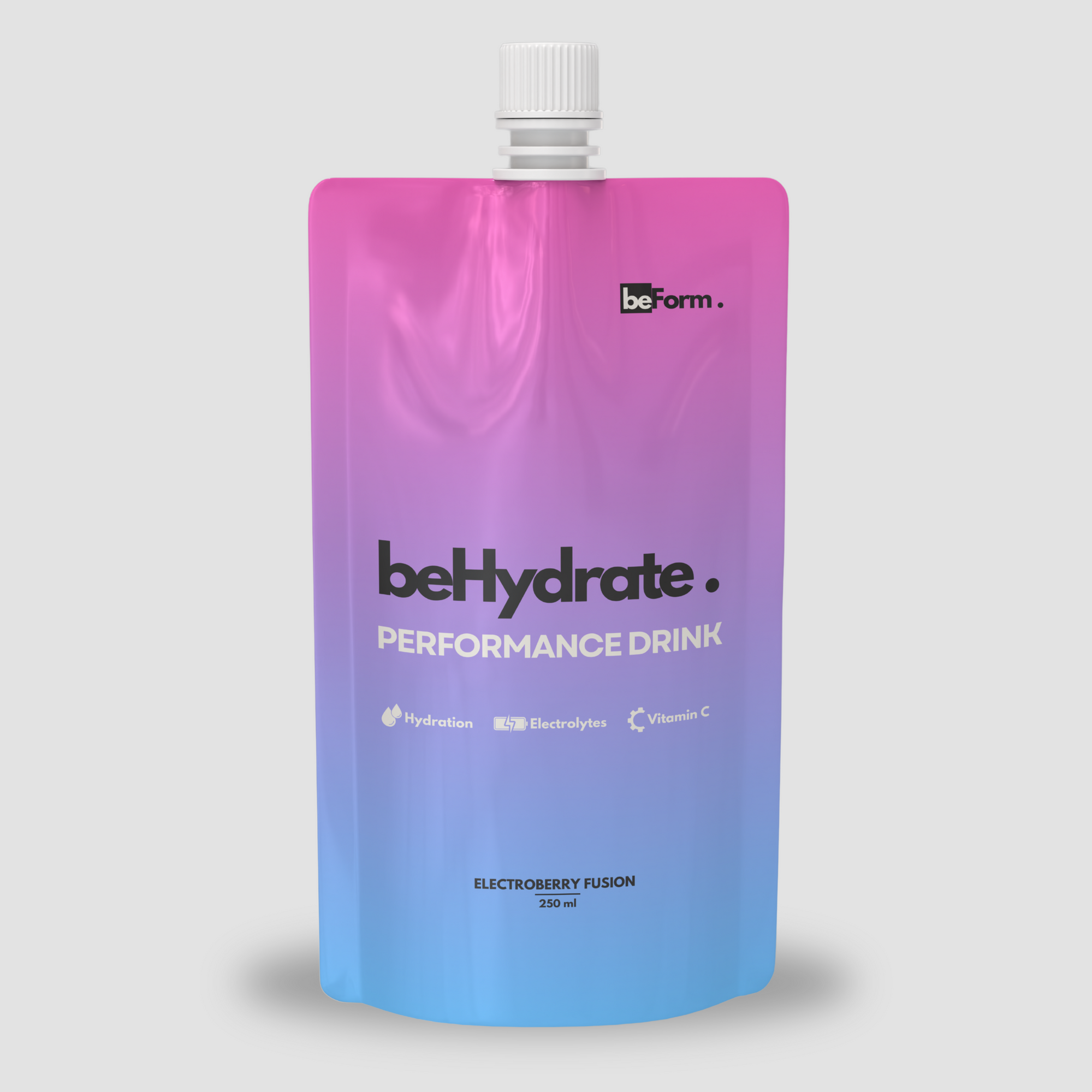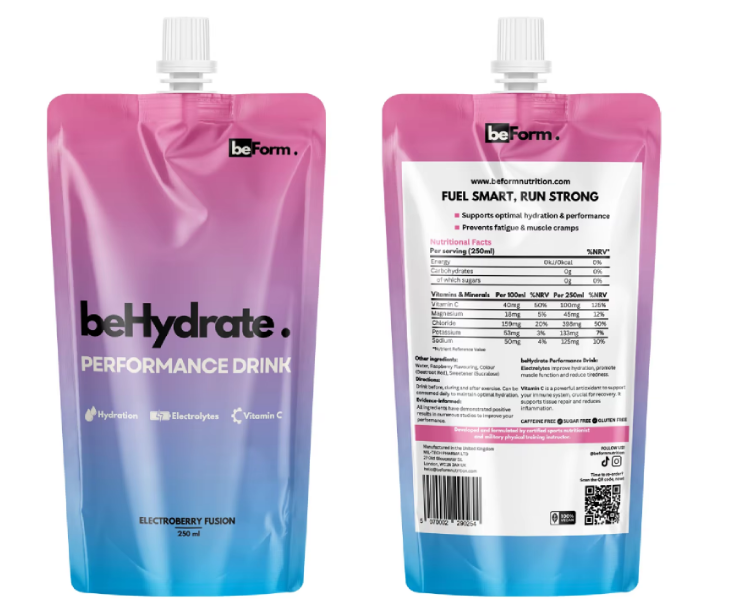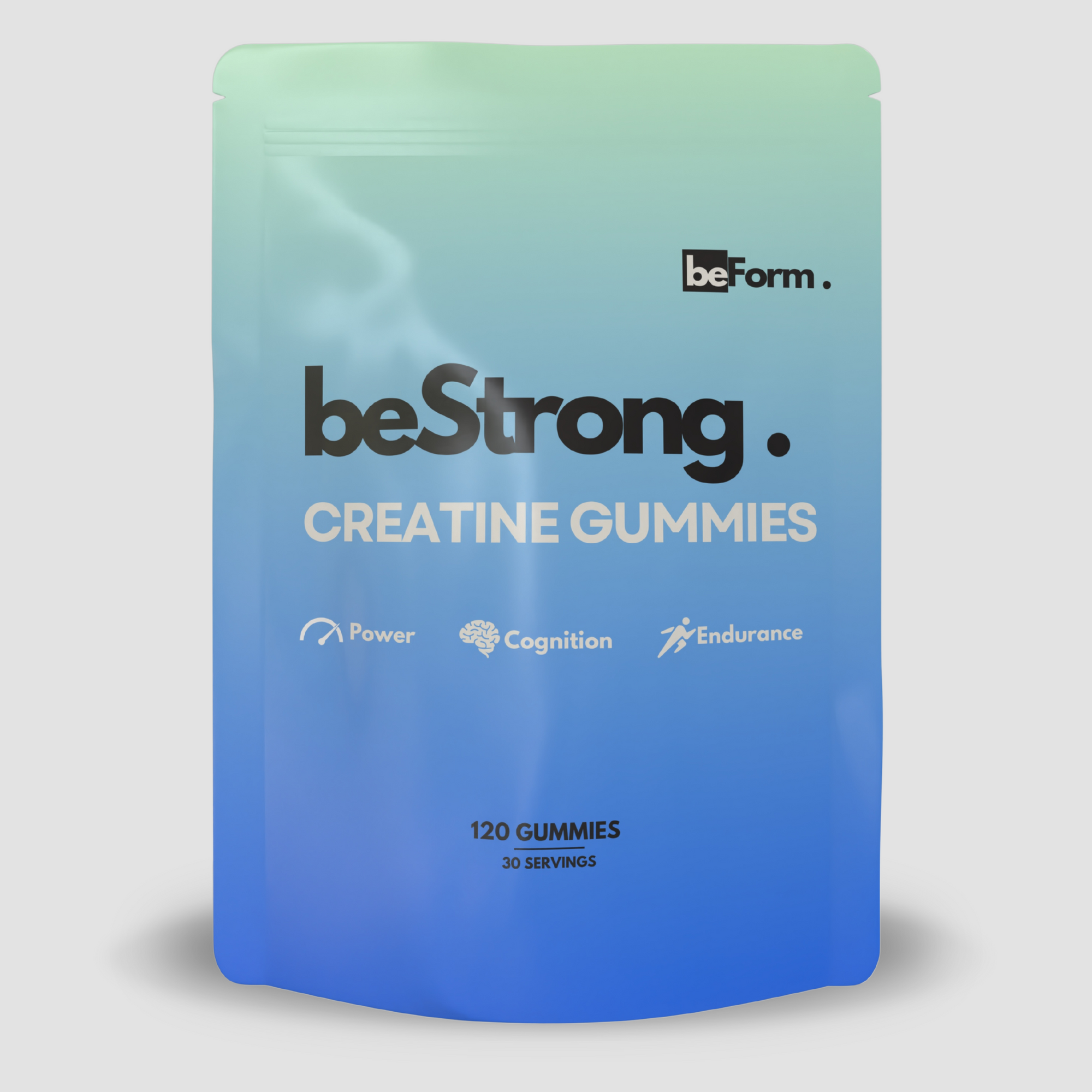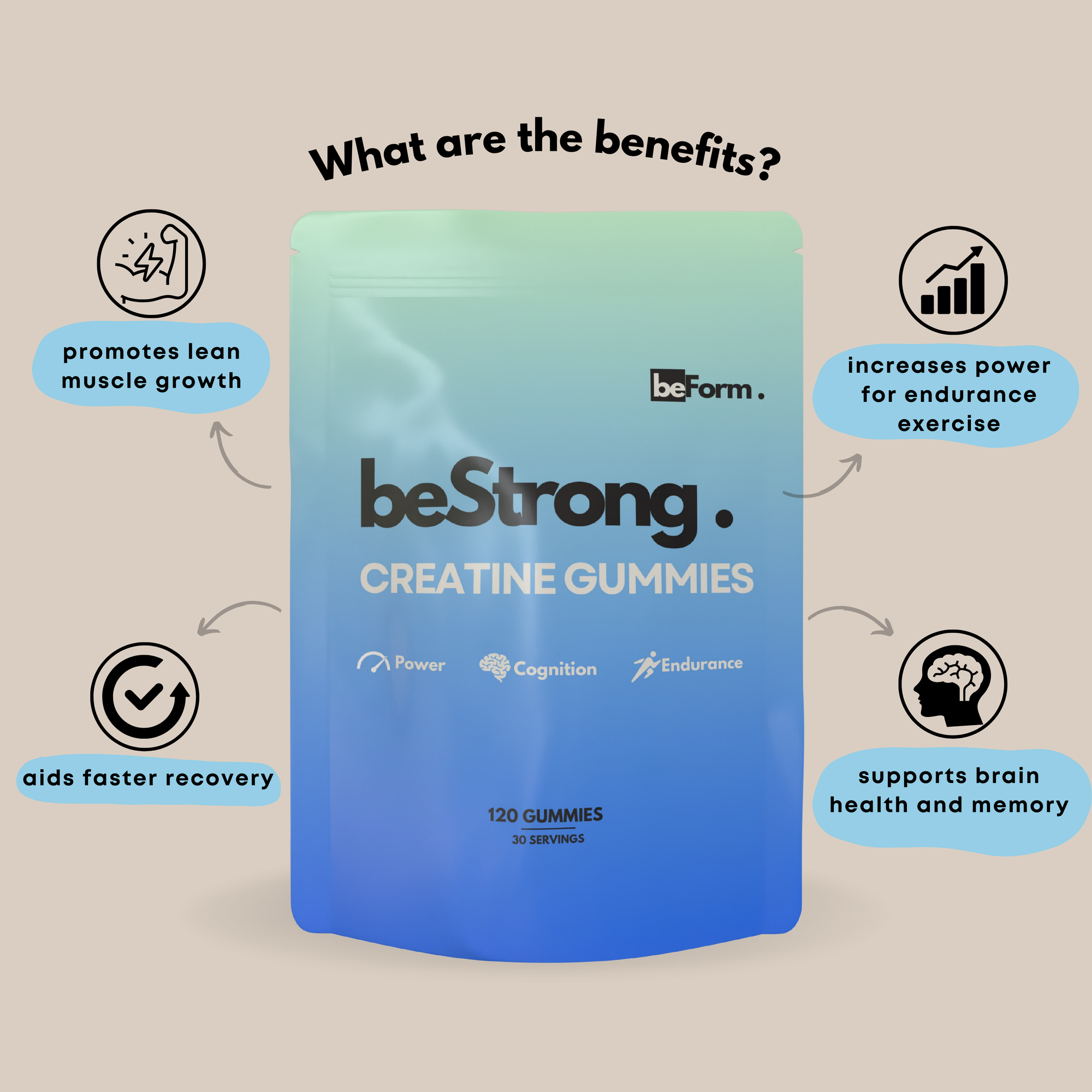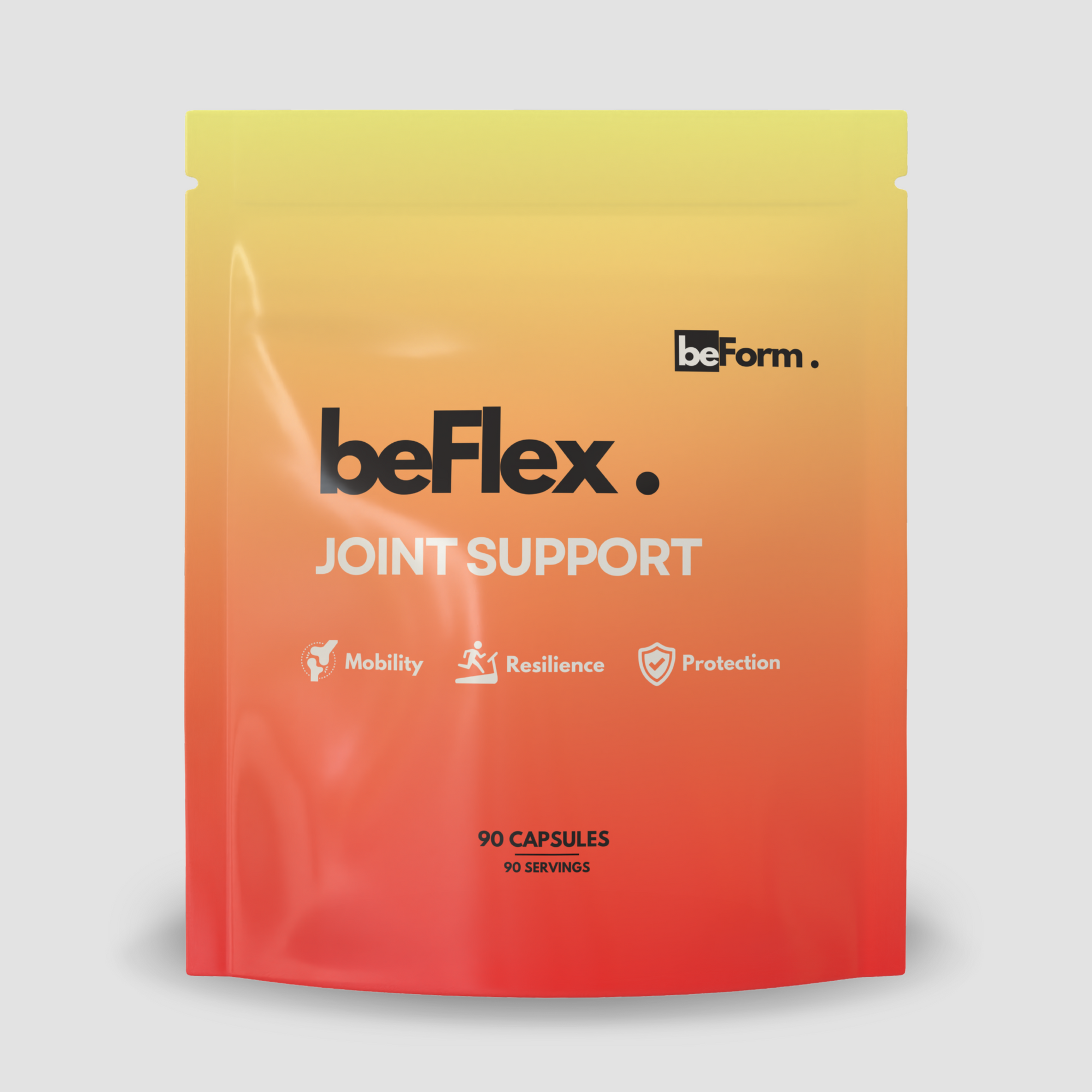Have you ever experienced your energy reserves vanishing midway through a ride or a long run, the dreaded "bonk," an unpleasant reality check for endurance athletes?
This is a sign that your glycogen stores are depleted, and we get that glycogen from consuming carbohydrates, and only carbohydrates.
But what if you could strategically fuel your body to avoid that wall, optimising your energy and pushing past your limits?
This phenomenon is called carb cycling and represents more than just another diet trend.
Fuel Your Body Strategically
Carb cycling is more than a diet trend; it's an approach designed to optimise endurance. While there are some fantastic supplements for runners available, carb loading can be as easy as eating sweets and drinking a can of cola.
Carb cycling is an invaluable tool for endurance athletes of all levels, from weekend warriors attempting their inaugural century ride to veteran marathoners seeking personal bests.
Carb cycling involves strategically altering your carb intake on different days according to training intensity and goals.
Think of it like fine-tuning your engine for peak performance! This guide provides all of the knowledge and practical steps required to successfully implement carb cycling for peak endurance performance.
1. Understanding Carb Cycling Science
To understand carb cycling, it's necessary to dive into the science of carbohydrates and their impact on endurance performance. Consider this your "fuelling 101" crash course!
Carbohydrates are your body's main fuel source during high-intensity activities, serving as the high-octane fuel that drives your engine.
After eating carbs, your body breaks them down into glucose, which is then either immediately used for energy or stored as glycogen in muscles and liver; endurance events require the greatest reliance on carbohydrates as an energy reserve.
The longer and harder an activity lasts before fatigue sets in and depleted glycogen stores can lead to that dreaded "bonk."
Carb cycling works by manipulating glycogen replenishment and utilisation. By increasing carb intake on high-carb days, you are effectively "topping off" your glycogen stores to provide energy for intense workouts, and on low-carb days encouraging fat usage for fuel instead.
Over time, your body adapts to this change, becoming more efficient at storing glycogen during high-carb days while using fat more effectively as energy on low-carb days.
Carb cycling offers benefits beyond avoiding the "bonk." By strategically depleting and replenishing glycogen stores, carb cycling can increase your body's capacity to store glycogen over time.
Low-carb days promote fat burning for fuel instead, which is particularly useful during longer, lower-intensity events.
Some studies even indicate that this practice may help improve insulin sensitivity, an essential element in controlling blood sugar levels while increasing nutrient uptake.
2. Establish Your Carb Cycling Strategy
Before embarking on a carb cycling plan, it's essential to assess your individual needs and goals. Don't take an off-the-shelf approach; tailor it just like a suit would fit you!
An effective carb cycling plan begins by understanding your training schedule.
Set high-intensity days such as interval training, tempo runs or race simulations while scheduling lower-intensity days like recovery runs, easy cycling sessions or cross-training.
Your carb cycling plan should reflect your specific goals, such as marathon preparation, developing base endurance or recovering after an intense race.
Before embarking on any carb cycling training, it's essential to establish a baseline. Your weight, activity level and metabolism all play a part in determining your individual carb needs.
Generally speaking, on moderate days you should aim to consume 3-5 grams per kilogram of bodyweight - although this figure may change according to training intensity.
Let's outline what each type of day looks like:
-
High-Carb Days: 6-10 grams of carbs per kg of body weight.
-
Moderate-Carb Days: 3-6 grams of carbs per kg of body weight.
-
Low-Carb Days: 1-2 grams per kg of body weight.
Here are two examples of training schedules and carb cycling plans:
Example 1: Marathon Training (High Mileage Week).
-
Monday: Rest (Low-Carb)
-
Tuesday: Easy Run (Moderate-Carb)
-
Wednesday: Tempo Run (High-Carb)
-
Thursday: Easy Run (Moderate-Carb)
-
Friday: Rest (Low-Carb)
-
Saturday: Long Run (High-Carb)
-
Sunday: Recovery Run (Moderate-Carb)
Example 2: Bicycle Base Building
-
Monday: Rest (Low-Carb)
-
Tuesday: Endurance Ride (Moderate-Carb)
-
Wednesday: Interval Training (High-Carb)
-
Thursday: Easy Spin (Moderate-Carb)
-
Friday: Rest (Low-Carb)
-
Saturday: Long Ride (High-Carb)
-
Sunday: Active Recovery (Moderate-Carb)
3. Implementing a Carb Cycling Plan: A Step-by-Step Guide
Are you ready to put theory into action? Here's a step-by-step guide on implementing your carb cycling plan.
Step One: Planning Your Weekly Training Schedule
Build your week around your key workouts, while including ample rest days for recovery. Include high-carb days before and during more physically taxing workouts as a preventative measure.
Step Two: Align Carb Intake with Training Intensity
High-Carb Days: Plan on fueling intense workouts and replenishing glycogen stores during training by eating easily digestible carbohydrates before, during, and after each session.
Moderate-Carb Days: To support moderate intensity training and recovery by maintaining an appropriate intake of carbohydrates, protein, and fat.
Low-Carb Days: Increase fat adaptation and insulin sensitivity by emphasising protein and healthy fats while restricting carb intake.
Step Three: Selecting Appropriate Carbohydrate Sources
Prioritise high-quality carb sources like whole grains (oats, quinoa, brown rice), fruits such as bananas, berries and apples, as well as vegetables such as sweet potatoes, broccoli spinach for optimal carb consumption.
Consider when and how often to consume carbs:
Pre-Workout: Consume easily digestible carbs such as bananas or energy gel.
During workout: Use sports drinks, gels or chews to maintain blood sugar levels during your workout session.
Post-Workout: Refill glycogen stores by taking both carbohydrates and proteins post-workout.
Step Four: Evaluating Your Progress and Adjustments to Plans
Tracking steps can provide valuable insights into the effectiveness of your program.
Keep a workout log and track performance metrics. Are you feeling stronger and more energetic, recovering faster, etc? Here are some specific metrics you should track:
Workout Performance: Keep track of times, power output (if using a power meter), perceived exertion and any improvements over time for key workouts. Are any areas improving over time? Recovery: How quickly are you recovering after hard workouts, and are there any muscle soreness issues present?
Energy Levels: Are your energy levels constant throughout the day, or do you experience energy crashes?
Weight: Take note of any weight changes to make sure that you're not losing or gaining too much.
If your results are not meeting expectations, don't be intimidated into sticking to an unrealistic plan. Carb cycling should not be treated as a "one size fits all" strategy - listen to how your body responds and adapt your carb intake accordingly.
Listen to your body, and if needed, take time off for rest if that is what is required.
This highlights the importance of listening to and responding to the signals coming from your body, rather than trying to push through pain or fatigue.
4. Sample Carb Cycling Meal Plans for Endurance Athletes
Here are a few sample meal plans to give you an idea of what a high-carb, low-carb and moderate-carb day might look like.
Don't forget to adjust portion sizes depending on your individual needs; these are only suggestions; they must be tailored according to your tastes and caloric intake requirements.
Example High-Carb Meal Plan (Approximately 400g Carbs)
Breakfast: Oatmeal with 100g of berries and 1 tbsp honey (70g carbs).
Lunch: One large sweet potato (about 300g) combined with 125g of black beans, 50g of salsa and 1/4 avocado (80g carbs).
Indulgence meal: 400g pasta served with 200ml marinara sauce and 100g lean ground turkey (120g of carbs).
Snacks: One medium banana with 2 TBS of peanut butter (30g carbs); an energy bar containing approximately 50G carbs, and a sports drink also providing 50G carbohydrates are good options for snacks.
Example Low-Carb Day Meal Plan (with approximately 50g Carbs)
Breakfast: 3 Scrambled Eggs with 200g of Spinach and 1/4 Avocado (10g Carbs).
Noon: Large Salad with 100g Grilled Chicken or Fish and two Tbsp Olive Oil/Vinegar Dressing (15g Carbs).
Dinner: 100g Salmon served alongside Roasted Asparagus and 200g Cauliflower Rice (20g Carbs).
Snacks: 50g Handful of Almonds and Four Celery Sticks with Two Teaspoons of Cream Cheese (5 Grams of Carbs).
Example Moderate Carb Diet Plan (Containing around 200g Carbs)
Breakfast: 1 cup Greek yoghurt mixed with 1/2 cup berries and 1/4 cup sprinkling of granola (40g carbs).
Lunch: Turkey sandwich on 2 slices whole-wheat bread with lettuce and tomato (50g carbs).
Dinner: A Chicken stir fry made from 200g of brown rice combined with 2 cups of vegetables (80g carbs).
Snack: 1 medium Apple with 2 Tablespoons of Almond Butter (30g of Carbs).
5. Common Mistakes to Avoid When Carb Cycling (and Potential Downsides)
Carb cycling can present its share of challenges. Here are a few mistakes to avoid and potential downsides that you should keep an eye out for:
Planning Your Training Schedule Inadequately: Faltering to plan your training schedule can thwart carb cycling efforts.
Inconsistent Carb Intake: Sticking to your planned carb intake is vital to seeing results and should remain the cornerstone of success.
Neglecting Protein and Fat Intake: Don't overlook protein and fat intake - both are necessary components of muscle repair and recovery, while healthy fats play an integral part in hormone production and overall well-being.
Ignoring Individual Needs and Responses: Pay attention to how your body responds and make necessary adjustments as necessary.
Risk of Underfueling: On low-carb days, it can be easy to undereat, leading to fatigue, decreased performance and possible muscle loss. Make sure that you're still consuming sufficient calories for your activity level.
Complexity of Implementation: Carb cycling can be complex and require careful planning and tracking. It may not be suitable for everyone, especially those who are new to nutrition or have a history of disordered eating.
Potential Gastrointestinal Issues: Some individuals may experience gastrointestinal discomfort when switching between high- and low-carb diets, including bloating, gas, or constipation.
Keep in mind that what works for one individual may not necessarily work for all.
Someone brought up on plain, dull vegetables may lack the skills and willpower necessary to make them tasty and find it difficult to force themselves to consume them.
It is key that you find food sources and meal plans that you truly enjoy and can sustain long-term, so find what works for you!
6. Conclusion
Carb cycling can help endurance athletes optimise glycogen stores, enhance fat oxidation, and maximise performance.
By understanding the science behind carb cycling and tailoring a strategy specifically to their individual needs, they can unlock their true endurance potential and unleash it fully.
Don't be afraid to experiment and find what works for you; track your progress, listen to your body, and adjust as needed. Now it's time to put these strategies into action and share your experiences!
Please share any insight or advice on our Facebook page so we can all work together and overcome this obstacle and enjoy running to its fullest.



